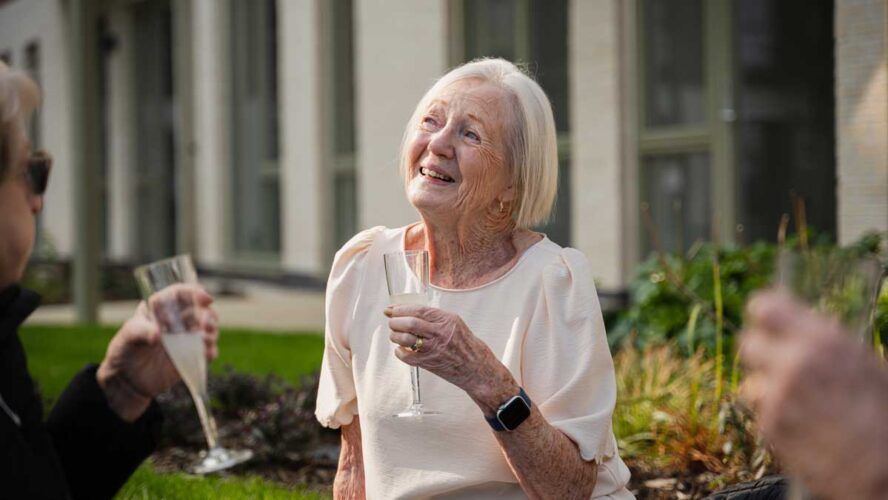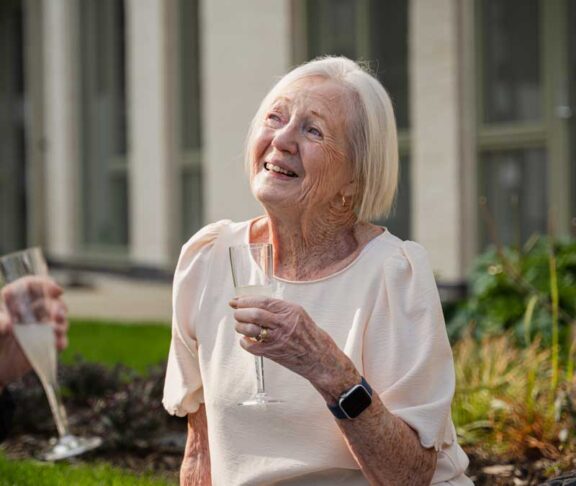
Khuram Kaur
Sales Director, Life in Place from Anchor
Independent later living offers older people the chance to buy their own home in a community of like-minded residents. It’s a great way to boost physical and mental wellbeing.
These days, people are living longer, more active lives. So, we need to rethink the way we view retirement, says Khuram Kaur, Sales Director at Life in Place from Anchor. “Retirement doesn’t mean retiring from life,” she insists.
What it means to live well in later life
Life in Place, part of the not-for-profit organisation Anchor, is developing new housing options for people over 55 across England. The communities typically include a mix of one and two-bedroom apartments and bungalows, designed with shared spaces such as residents’ lounges and landscaped gardens. In addition, many locations provide opportunities for social activities, wellbeing programmes and on-site support, offering residents different ways to shape later life to suit them.
This is safe and secure independent living for older people, explains Kaur, with an important sense of community at its heart. “Residents have made the decision to move to a new home in a ready-made community,” she says. “They’re in control of their own life and see it as the natural next step, not a compromise.”
For many, it’s the best lifestyle move they’ve ever made. “Being around people, having the opportunity to take part in activities and developing friendships keeps them young,” says Kaur.
Residents choose exactly what
they want to do and when
they want to do it.
Improving quality of life while being part of a community
Residents often describe the move into later-living housing as more than just a change of address. It can also mean becoming part of a community where connections develop naturally — whether that’s joining an already-established group or helping to shape a new one.
Many developments host regular social events, from coffee mornings to exercise classes, with residents saying that opportunities to meet others and share experiences help support both wellbeing and a sense of belonging. As one resident put it: “Every Friday night is party night.”
According to Kaur, these shared activities can be just as important as the homes themselves: “Opportunities to socialise, take part in events and share experiences together can boost both physical and mental wellbeing — and make every day more rewarding.”
Redefining retirement for independence
Of course, residents choose exactly what they want to do and when they want to do it — but the social side offers many a new lease of life. “People have told me that, prior to moving, they hadn’t realised what they were missing out on in terms of community support and friendship,” says Kaur. “So, I think we need to retire the word ‘retirement’ and call it ‘independent later living’ instead.”
It’s also an option that many people aren’t aware of. Too often, the assumption is that you either stay in the family home or eventually move into a care home. Yet, independent later living provides a third way — helping people avoid costly care homes, stay healthier for longer and continue living independently well into later life.


